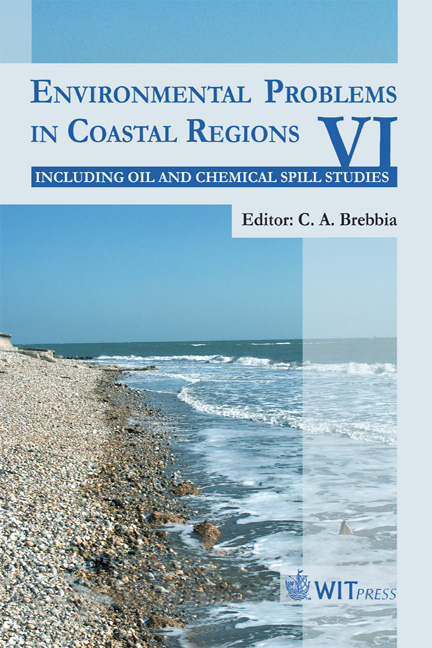Experimental Storm Surge Forecasting In The Bay Of Bengal
Price
Free (open access)
Transaction
Volume
88
Pages
10
Published
2006
Size
3,030 kb
Paper DOI
10.2495/CENV060381
Copyright
WIT Press
Author(s)
H. S. Mashriqui, G. P. Kemp, I. van Heerden, J. Westerink, Y. S. Yang & B. D. Ropers-Huilman
Abstract
The fully parallel Advanced Circulation (ADCIRC) model has been used experimentally since 2002 for storm operations support in the Gulf of Mexico. The modeling team at LSU has demonstrated a capability to provide multiple, near real-time forecast permutations that can improve preparedness and public safety response. Coastal areas of Bangladesh and India adjacent to the Bay of Bengal are vulnerable to storm surges during tropical cyclone passages that can cause more than 300,000 deaths per event (1970 Meghna Estuary super cyclone). Early, detailed and reliable predictions of storm effects on population centers, levees and evacuation routes are vital to saving lives. The LSU Hurricane Center will provide modeling support for the Bay of Bengal basin and expects to build partnerships with interested agencies. This will be the first modeling program capable of forecasting cyclone surge propagation for a 3 to 5 day period across the entire Bay of Bengal. The model domain includes the entire Bay of Bengal and part of the Northern Indian Ocean, the east coast of India, all of the coasts of Bangladesh, Sri Lanka and Myanmar (Burma), as well as the islands of Andaman and Nicobar. The finite element mesh includes more than 363399 elements and 186981 nodes, particularly along coastlines, in river channels and around islands. Keywords: ADCIRC, Bay of Bengal, Storm Surge, GIS. 1 Introduction The Bangladesh and East Indian coasts have been formed by distributaries of the Ganges and Brahmaputra Rivers that join in Bangladesh to form the Meghna.
Keywords
ADCIRC, Bay of Bengal, Storm Surge, GIS.





